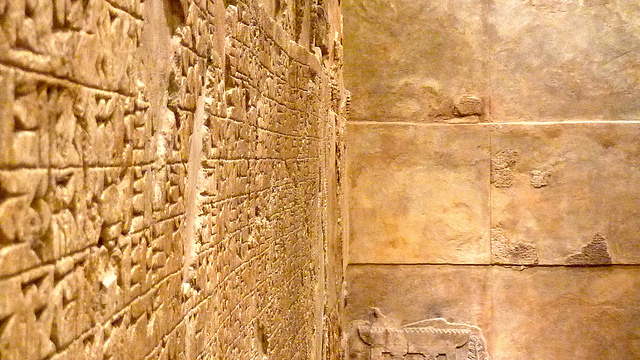A number of recent dissertations from the Department of Near Eastern Languages and Civilizations have been made accessible free of charge through
Open Access ProQuest Dissertations & Theses (PQDT Open):
Agents, archives, and risk: A micronarrative account of Old Assyrian trade through Salim-ahum's activities in 1890 B.C.
by Stratford, Edward Paul, Ph.D. The University of Chicago. 2010: 492 pages; AAT 3419777.
Incubation as a type-scene in the Aqhatu, Kirta, and Hannah stories: A form-critical and narratological study of KTU 1.14 I--1.15 III, 1.17 I--II, and 1 Samuel 1:1--2:11
by Kim, Koowon, Ph.D. The University of Chicago. 2010: 469 pages; AAT 3397291.
The shehnamecis of Sultan Suleyman: `Arif and Eflatun and their dynastic project
by Eryilmaz Arenas Vives, Fatma Sinem, Ph.D. The University of Chicago. 2010: 302 pages; AAT 3419770. Supplemental Files.
Jordan first: A history of the intellectual and political economy of Jordanian antiquity
by Corbett, Elena Dodge, Ph.D. The University of Chicago. 2009: 532 pages; AAT 3362463.
The geographical background of the Persepolis tablets
by Arfaee, Abdolmajid, Ph.D. The University of Chicago. 2008: 150 pages; AAT 3300414.
And see also the
Dissertations in Ancient Near Eastern Studies Approved by the Department of Near Eastern Languages and Civilizations, The University of Chicago served from the
Oriental Institute Research Archives







 Stumble It!
Stumble It!

